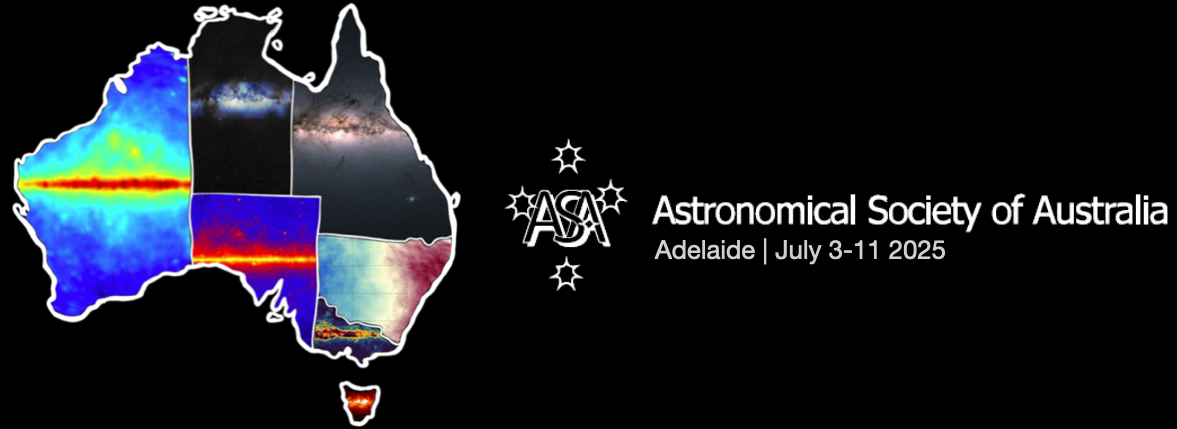Speaker
Description
Most massive stars reside in triple or higher-order gravitationally bound systems. The coupled stellar and dynamical evolution in these systems makes predictions for stellar interactions and mergers particularly challenging. I will present a novel semi-analytical model that traces the evolution of an inner chemically homogeneous binary within a hierarchical triple and predicts its final fate across a wide range of initial conditions. Using this framework, I estimate the rates of both stellar and gravitational-wave mergers in the universe from this channel. I will also compare merger rates in triple systems to those in dense environments such as stellar clusters and galactic nuclei, highlighting the significant contribution of field triples to the population of stellar mergers and eccentric gravitational-wave sources. Looking ahead, observations from the Rubin Observatory, the LIGO–Virgo–KAGRA (LVK) network, and the upcoming LISA mission will provide key constraints on these channels, enabling us to test these theoretical predictions in unprecedented detail.

